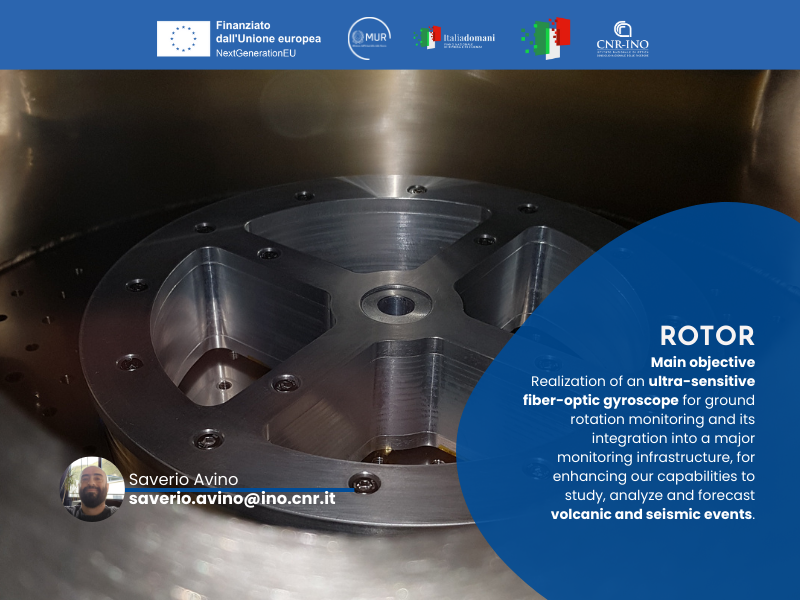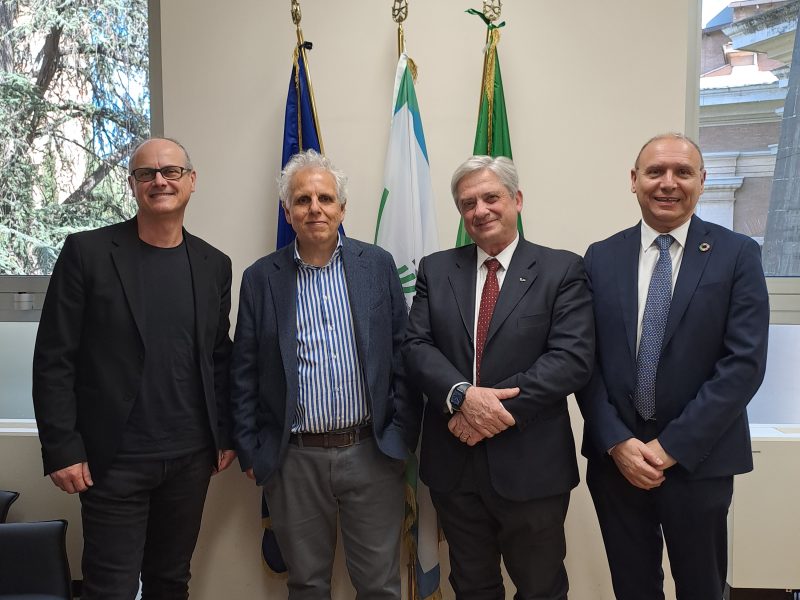
Volcanic dust from ‘Cumbre Vieja’ (Canarian Islands) observed above Florence on 24-25 september 2021 by means of INO CNR depolarization LIDAR
Settembre 30, 2021
Focus in Physics magazine: A New Trick to Make Short-Pulse Ion Beams
Novembre 2, 2021The research reporting on the prototype for the reflectance photoacoustic imaging applied for the first time in the Heritage Science field appears as the cover story of Journal of Imaging. The research reinforces the fruitful collaboration between the Heritage Science Group of CNR-INO and IESL-FORTH.
The image is part of the article “Revealing Hidden Features in Multilayered Artworks by Means of an Epi-Illumination Photoacoustic Imaging System” (https://doi.org/10.3390/jimaging7090183), published in the Special Issue Computer Vision and Robotics for Cultural Heritage: Theory and Applications.
The article describes the application of an epi-illumination photoacoustic apparatus in artwork diagnostics. Photoacoustic imaging is a novel, rapidly expanding technique, which has recently found several applications in artwork diagnostics, including the uncovering of hidden layers in paintings and multilayered documents, as well as the thickness measurement of optically turbid paint layers with high accuracy. However, thus far, all the presented photoacoustic-based imaging technologies dedicated to such measurements have been strictly limited to thin objects due to the detection of signals in transmission geometry. Unavoidably, this issue restricts seriously the applicability of the imaging method, hindering investigations over a wide range of cultural heritage objects with diverse geometrical and structural features. Here, the authors present an epi-illumination photoacoustic apparatus for diagnosis in heritage science, which integrates laser excitation and respective signal detection on one side, aiming to provide universal information in objects of arbitrary thickness and shape. To evaluate the capabilities of the developed system, the authors imaged thickly painted mock-ups, in an attempt to reveal hidden graphite layers covered by various optically turbid paints, and compared the measurements with standard near-infrared (NIR) imaging. The obtained results prove that photoacoustic signals reveal underlying sketches with up to 8 times improved contrast, thus paving the way for more relevant applications in the field.





